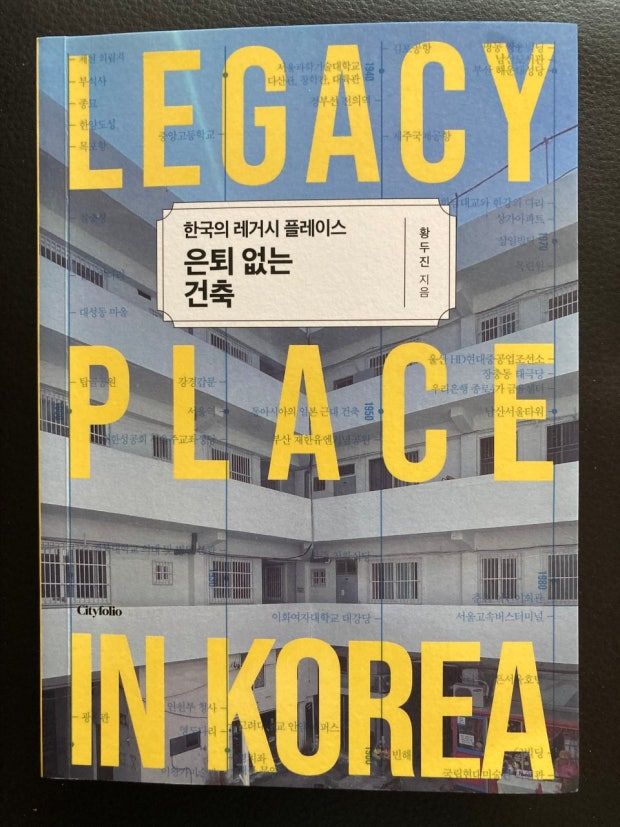[New Book] Legacy Places of Korea: Architecture Without Retirement
- Input
- 2025-10-29 15:04:10
- Updated
- 2025-10-29 15:04:10

[Financial News] "In Korea, buildings are not constructed for eternity."
These are the words of Peter Schmal, Director of the Deutsches Architekturmuseum Frankfurt. In reality, in Korea, it is common to demolish even the oldest buildings if there is land available, replacing them with new structures or apartments. As a result, major cities like Seoul are perpetually 'under construction.'
Doojin Hwang, an architect who studied at the College of Engineering, Seoul National University and the Yale Graduate School of Arts and Sciences, and trained at firms led by Kimm Jongsoung and Tai Soo Kim, takes a serious stance against this trend. He believes that so-called 'unretiring' old buildings possess economic viability and social value today, and convey the meaning of urban spaces to future generations.
The author refers to these old buildings, reinterpreted as meaningful spaces that revitalize life and society, as 'legacy places.'
This book focuses on more than 60 legacy places across the country that he personally visited with members of the Trevari book club 'Yeah, City!' over six years since 2018. He noted, "After the pandemic, I even traveled to Japan, Taiwan, and Manchuria."
The author sets four criteria for what constitutes a legacy place: a certain degree of age, respect for the original form, preservation of the original purpose, and public value. Based on these standards, the book features 54 sites, including Millennium Hilton Seoul, Jongmyo Shrine, Choong Ang High School, Cheondogyo Central Temple, 31 Building, Taegeukdang in Jangchung-dong, Seoul City Wall (Hanyangdoseong), Noryangjin Underground Drainage System, Haeundae Catholic Church in Busan, Mooyoungdang in Daegu, Hadong Youth Center, Uirimji Reservoir in Jecheon, and Buseoksa Temple in Yeongju.
Grounded in an understanding of history and culture, the author broadens the horizons of contemporary Korean architecture and also works on reinterpreting hanok (traditional Korean house) from a modern architectural perspective.
He emphasized, "To maintain and manage legacy places, public support and civic awareness are essential," adding, "It would be worth introducing alternative measures such as Real Estate Investment Trusts (REITs), which allow small investors to participate with the goal of generating stable returns."
rsunjun@fnnews.com Yoo Sun-joon Reporter